These geotechnical guidelines have been developed by MBIE and a number of collaborators in order to assist and educate geotechnical professionals on earthquake geotechnical engineering practices.
Earthquake geotechnical engineering practice series
MBIE has partnered with the New Zealand Geotechnical Society (NZGS) and Engineering New Zealand to develop a series of earthquake geotechnical engineering guidelines (in the form of modules). The Practice Series is issued as section 175 guidance under the Building Act (2004) and summarises current best practice in earthquake geotechnical engineering with a focus on New Zealand conditions, regulatory framework, and practice.
The main purpose of the guidelines is to improve engineering practice and increase the seismic performance of buildings and infrastructure.
The guidelines have been prepared, primarily, for the use of practising geotechnical engineers but may be of interest to other engineers and council officials.
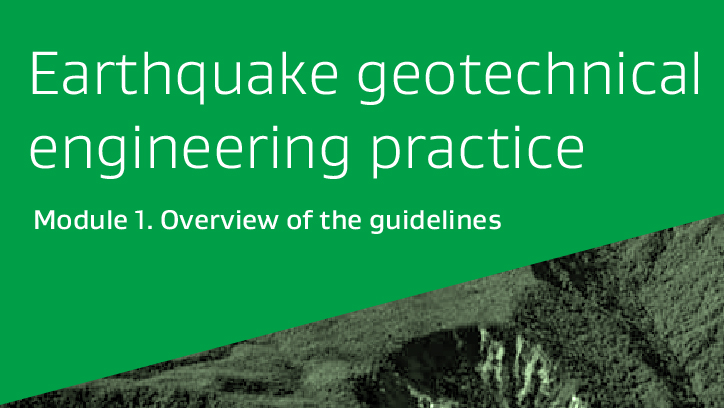
Module 1: Overview of the geotechnical guidelines
An overview of the geotechnical guidelines, including some technical detail on estimating ground motion parameters.
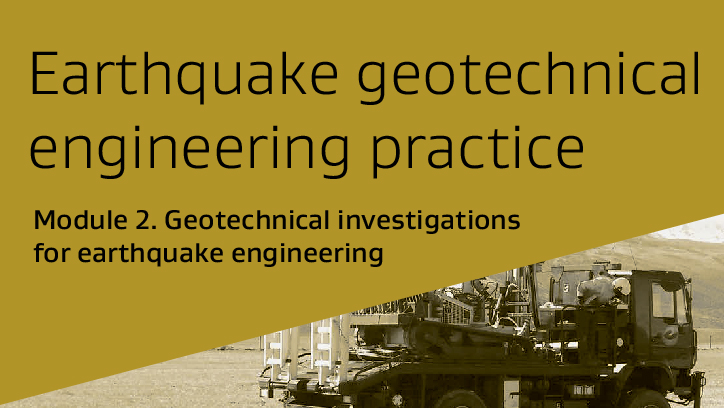
Module 2: Geotechnical investigations for earthquake engineering
Module 2 of the geotechnical guidelines provides guidance on geotechnical investigation for earthquake engineering.
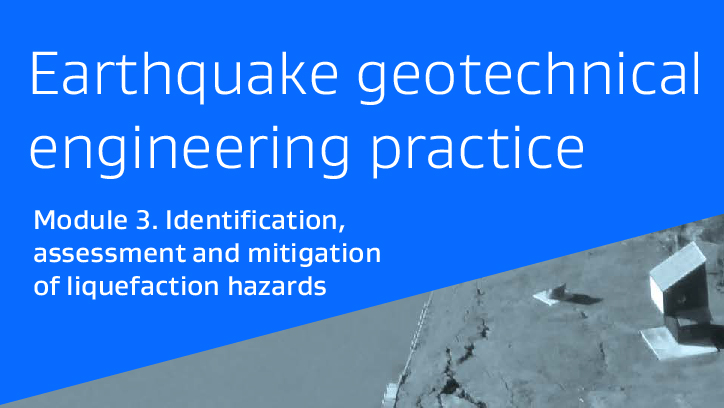
Module 3: Identification, assessment and mitigation of liquefaction hazards
Guidance for the identification, assessment and mitigation of liquefaction hazards, replacing NZGS Module 1 (July 2010).
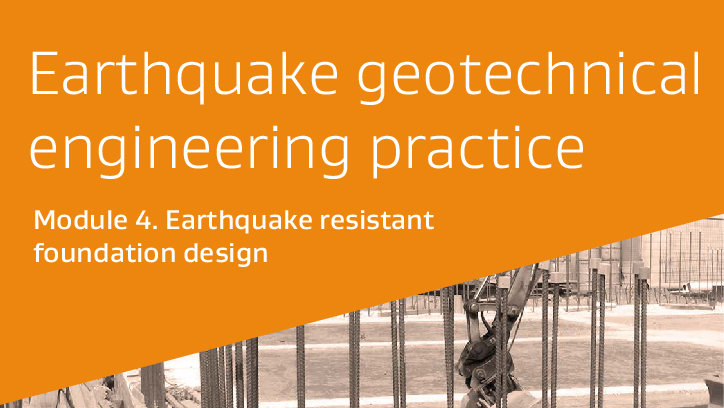
Module 4: Earthquake resistant foundation design
Principles for good foundation design, up-to-date practice and implementation of Royal Commission recommendations.
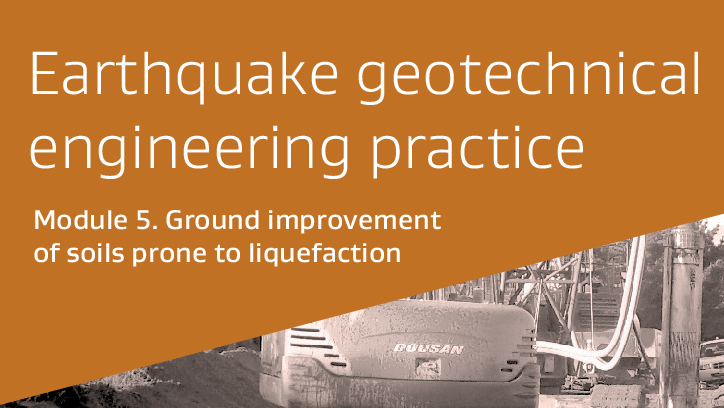
Module 5: Ground improvement of soils prone to liquefaction
Covers principles of ground improvement design, up-to-date practice and Canterbury earthquake recommendations.
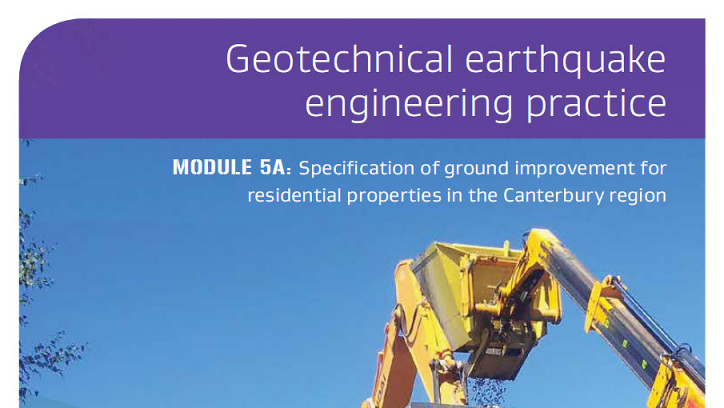
Module 5A: Specification of ground improvement for residential properties in the Canterbury region
Specification for ground improvement, specifically for liquefaction mitigation in residential Canterbury properties.
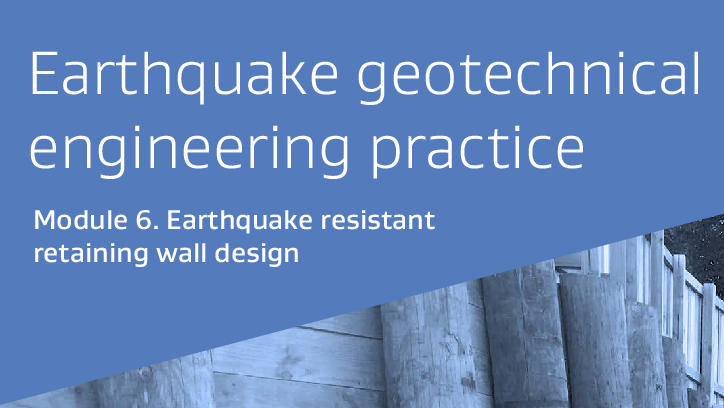
Module 6: Earthquake resistant retaining wall design
Covers principles of seismic design of retaining walls of a routine nature throughout New Zealand.
Other geotechnical guidance
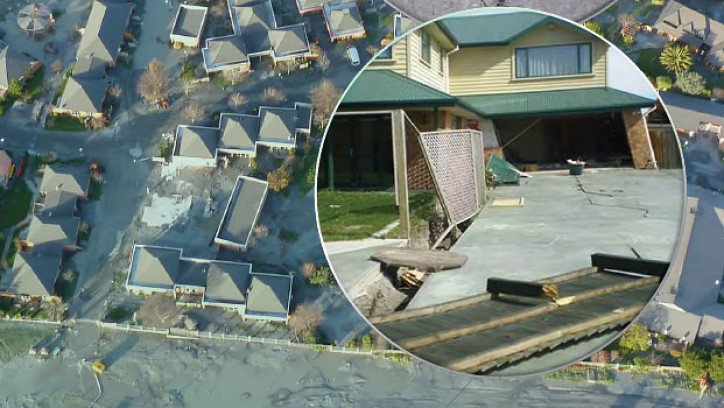
Planning and engineering guidance for potentially liquefaction-prone land
Guidance for land use planning and development in potentially liquefaction-prone areas.
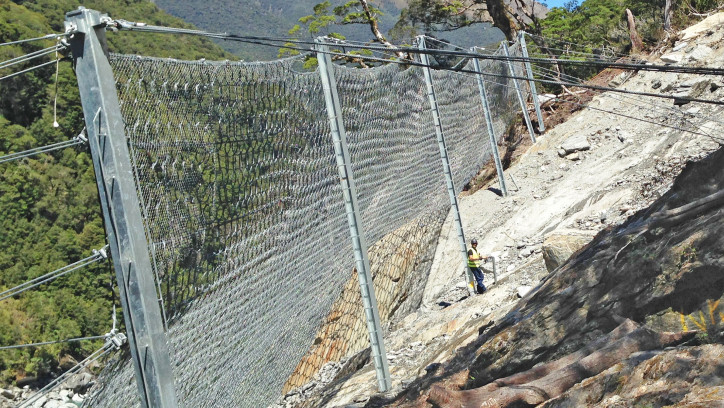
Rockfall: Design considerations for passive protection structures
Guidance on the design of passive protection structure for mitigation of rockfall risk.
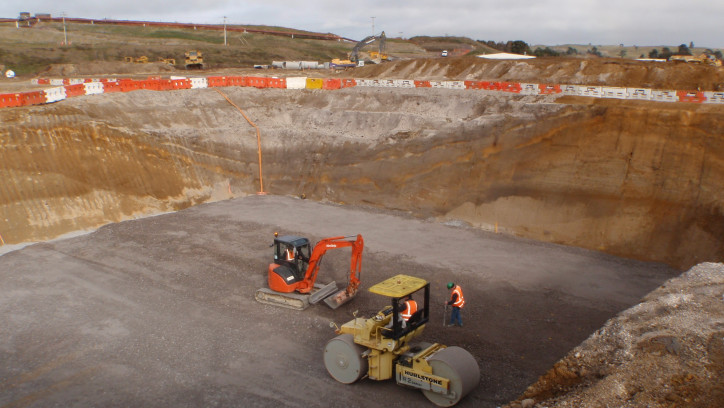
Practice Advisory 17: Well-planned ground investigations can save costs
Why a well-devised, specific site geotechnical investigation is a key requirement for good building performance.
Geotechnical education
Build your knowledge with education resources that support the geotechnical guidance.
Geotechnical education
New Zealand Geotechnical Society
The New Zealand Geotechnical Society is the affiliated organisation in New Zealand of the international societies representing practitioners in soil mechanics, rock mechanics and engineering geology.
New Zealand Geotechnical Society (NZGS)
